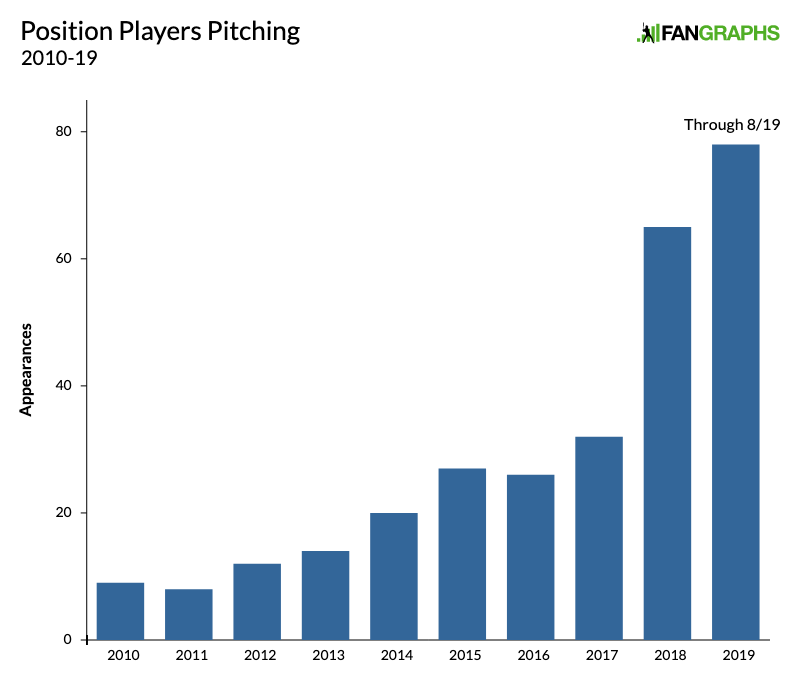The Worst Swinging Strikes of the Year
Here at FanGraphs, we strive to provide you with entertaining baseball content. In the past, that often meant articles written by Jeff Sullivan. Now that he works for the Rays, that’s not an option — but still, some of our articles resemble his work. For the most part, that’s not on purpose, just a side effect of all of us reading so many of his pieces over the years. Today isn’t that. Today I’m going to riff on a classic.
Twice a year, Jeff wrote about the worst called ball and strike of the half season. Sometimes it was a comedy. Sometimes it was a straightforward discussion of how a pitch down the middle was called a ball. Either way, it was a wild ride, and it’s wholly Jeff’s.
That’s okay, though, because called strikes and called balls aren’t the only things that can be bad. Okay, fine, the worst called ball was pretty bad:
But that’s not why we’re here! Today, I want to look at the worst swinging strikes of the season.
The worst swinging strike is harder to pin down than the worst called strike. For example, this swinging strike is on a pitch that’s incredibly far out of the strike zone:
That’s not a good swing. It’s not particularly close to being a good swing. About the best thing you can say about it is that maybe the ball will get away from the catcher, but with a runner on first, that’s scant comfort. If the ball could travel through the ground with no resistance, Statcast projects that it would have crossed home plate nearly two feet below ground level. Read the rest of this entry »





